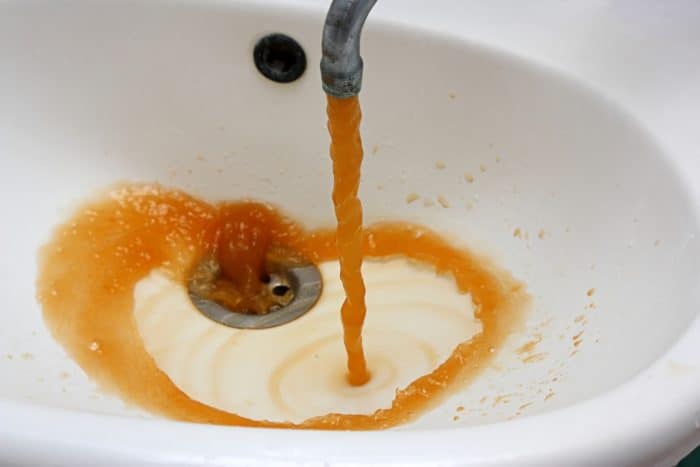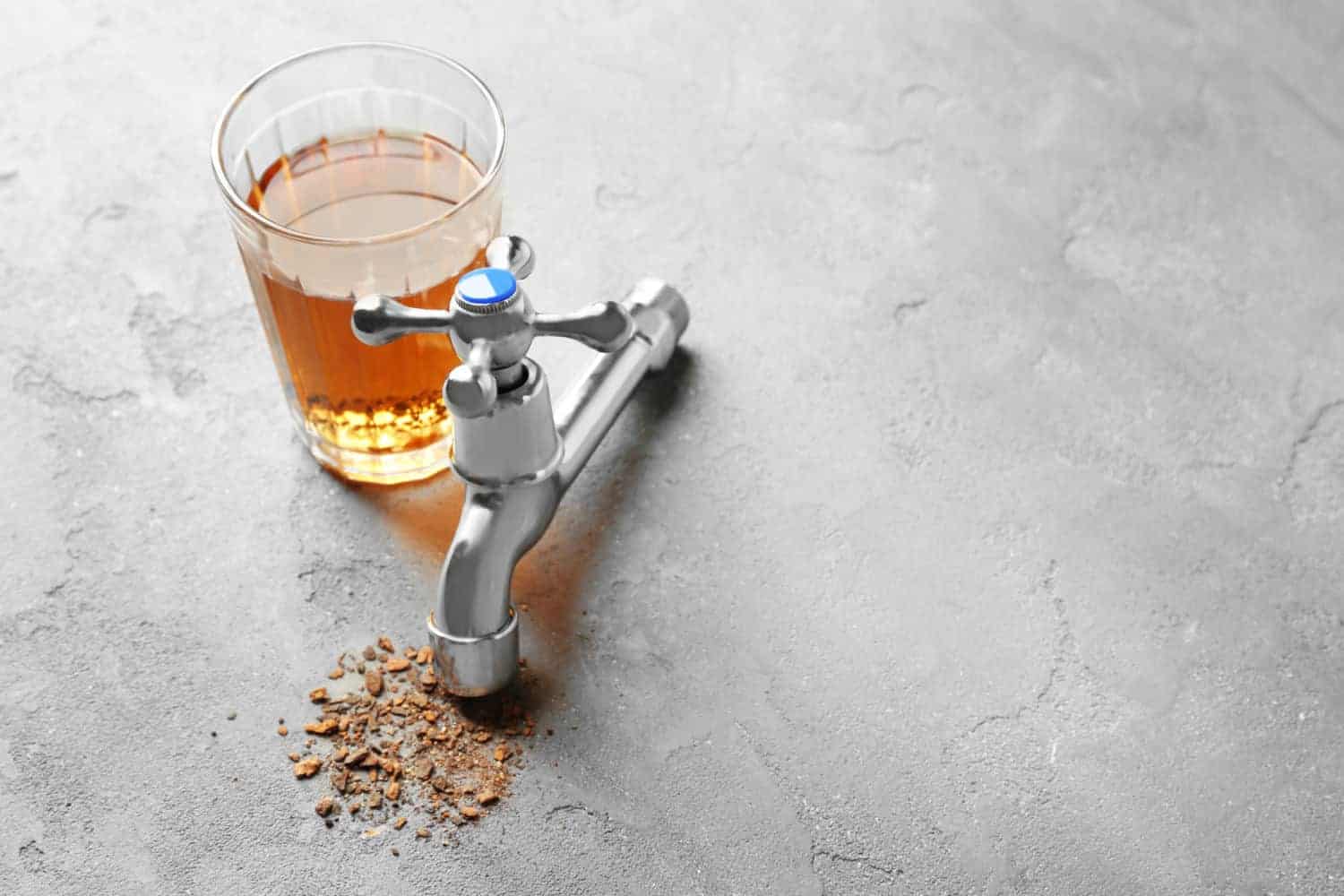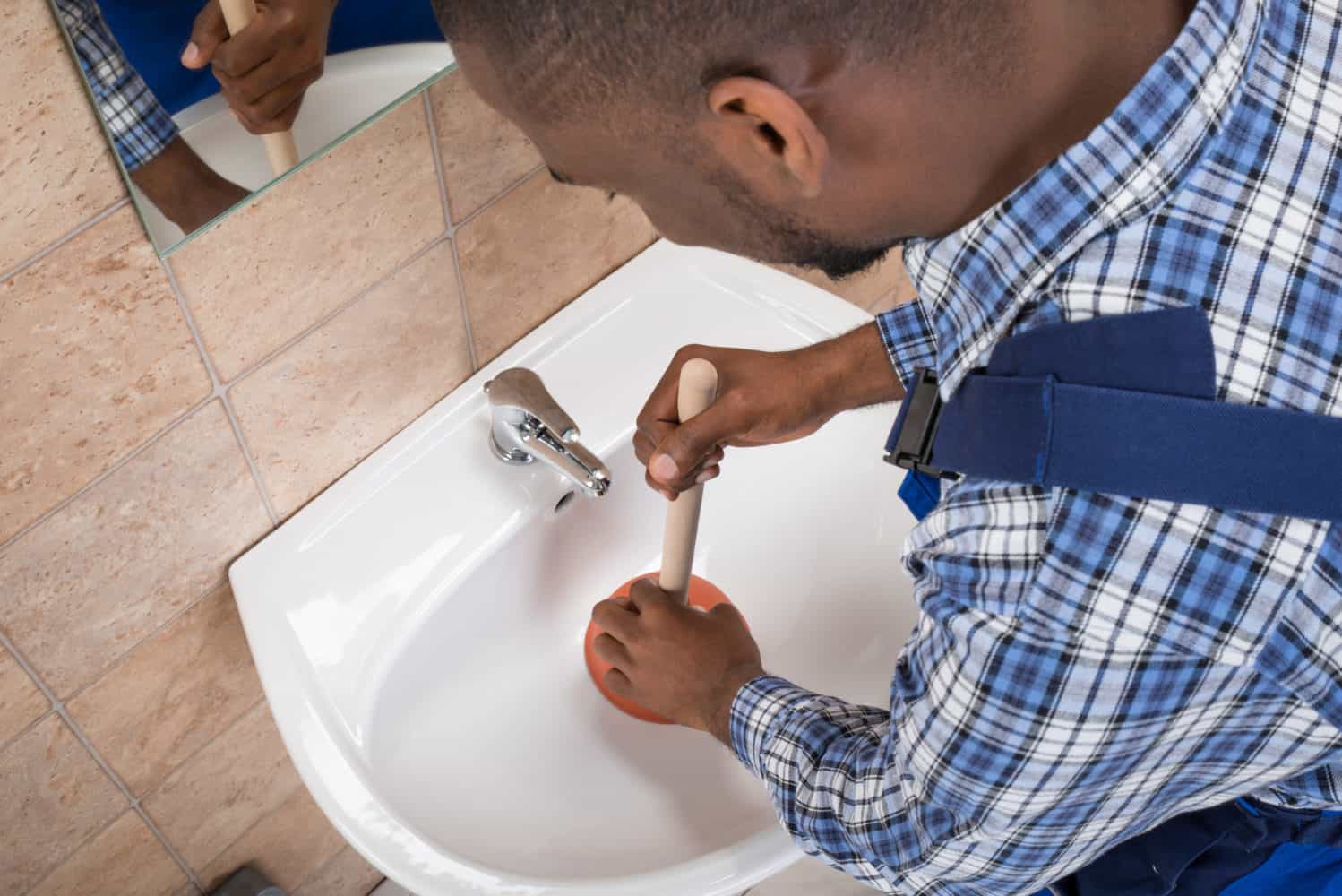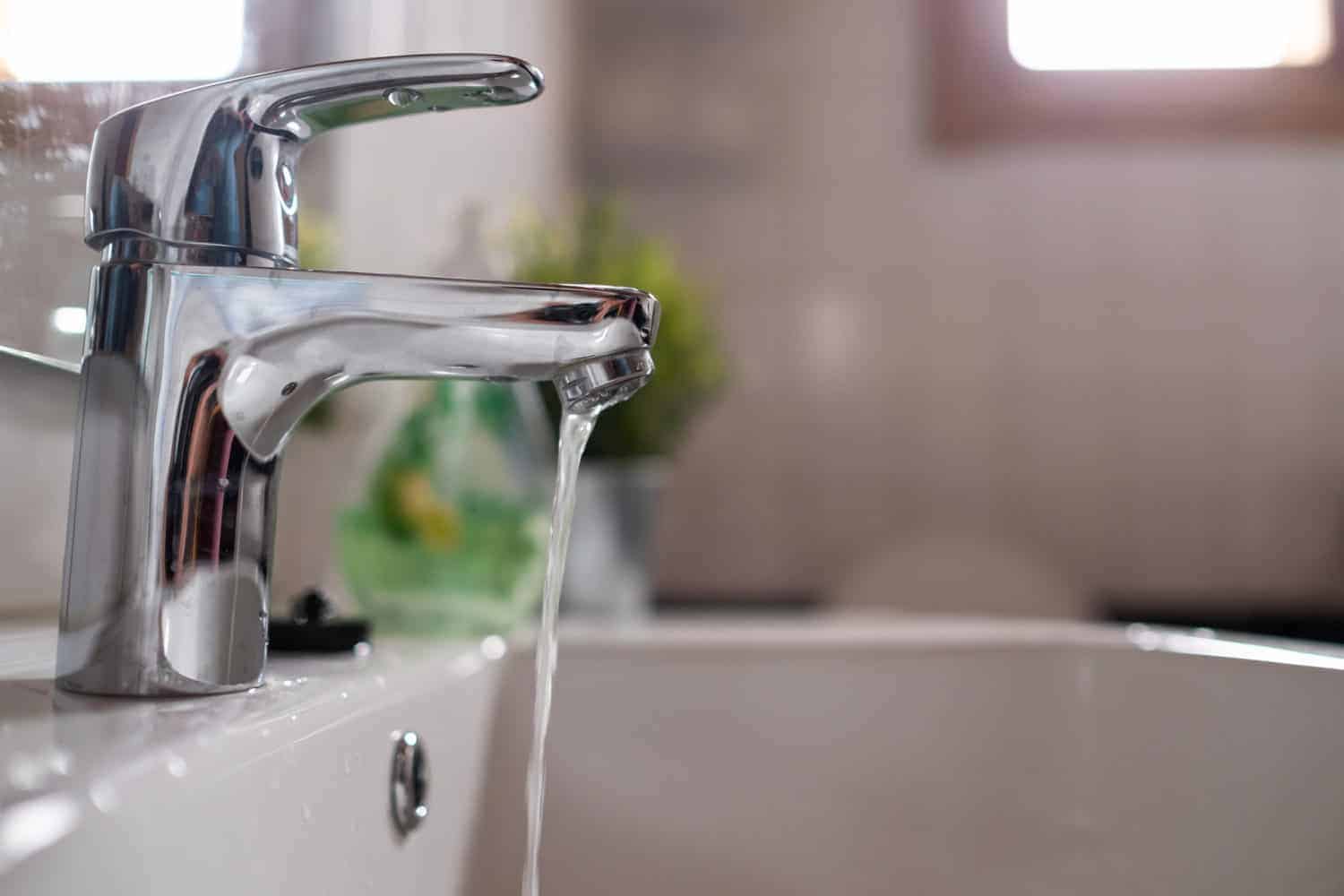You wake up in the morning and go to the bathroom to brush your teeth. You put the brush under the faucet and turn it on. You’re expecting crystal clear water, but all you get is a stream of brown mush pouring out of the tap.
Tap water turning brown is a nightmare of every homeowner. This is particularly true for those who have no idea why this is happening. Several questions come to mind: Is there something wrong with my pipeworks? Is there rust in my tap water? How do I go about this?
Don’t worry – we’re here to provide answers to all of your questions. The next time your tap water turns brown, you’ll know exactly why that is happening and what to do about it.
Contents
What is Brown Tap Water?
When it contains too many minerals or sediments, the tap water will be of brown, reddish, or yellowish color.
Manganese and Iron are some of the most common discoloring minerals that end up in tap water. Coming from several different sources, the tiny particles of these minerals get into the water stream.
There, they cause the water to lose its transparency and change color. They also decrease the water’s quality and are primary culprits behind any unpleasant smells or tastes it might have.
Is It Dangerous?
The answer to this question depends on the particular minerals present in your tap water.
The environmental protection departments of most countries regulate the treatment of contaminants inside drinking water according to several regulations. Arsenic, lead, and other highly dangerous contaminants are always covered by the primary standards.
In other words, in case dangerous contaminants like lead exceed the maximum allowance, the water stops being supplied to the public.
The secondary standards typically cover contaminants we already mentioned – manganese and iron. While they aren’t as dangerous to human health, they can cause skin rashes and clothing stains. Not to mention the awful look, taste, and smell of water containing these chemical elements.
When it comes to primary contaminants, public water systems are tested for them regularly. The secondary contaminant tests, on the other hand, are voluntary.
In conclusion, rusty water can certainly look inconvenient, but it’s not dangerous to bathe in or even drink.

Why Does it Happen?
Water can turn brown because of several different reasons. These are the most common causes:
Culprit #1 – Iron and Manganese
These minerals, which we already mentioned, are among the most common causes of brown water.
In certain amounts, they are completely safe. After all, they are naturally occurring in many foods we eat every day. An abundance of these minerals is less dangerous than their deficiency.
If they are the reason because of which your water is brown, you are ok. While the water may look quite unsightly, you won’t have to worry about its drinkability. However, there’s just one way to be sure – have your tap water tested.
Culprit #2 – Rust
Rust is a lot more harmful than Manganese or Iron. Typically, it occurs once the plumbing system becomes compromised in some way or it starts to corrode.
As you probably already know, most metals rust. There’s not much anyone can do about it. However, fluctuations in water pressure are known to knock the rust off the pipe’s inner walls, causing it to contaminate the water.
Unfortunately, rusty water is a perfect breeding ground for bacteria. What’s more, corroded pipes typically lead to many other issues, and fixing these costs thousands of pounds.
Culprit #3 – New Water Source
Has your community switched water sources recently? If it did, have you noticed a change in color or taste? If so, make sure to have your tap water checked.
This was the issue with the Flint water crisis. In case something like this happens in your community, moving to a different city is the best course of action. After all, lead poisoning certainly isn’t something to joke about.
Culprit #4 – Construction
Is there an ongoing construction project in your home’s vicinity? Events like these disturb the ground and can temporarily change the color of tap water.
In such situations, the water has the color of dirt. It should clear up a couple of hours after the construction work stops. Even though it may look gross, your water is probably fine.
Culprit #5 – Water Heater
If this is the issue, an anode rod has probably gone bad. Fortunately, fixing something like this is quick, cheap, and easy.
In the worst-case scenario, your water heater will be completely broken and in need of replacement (read this if your water heater light keeps going out). Make sure to have it replaced sooner rather than later. Although this can be costly, it is bound to save you from a lot of trouble in the future.
How to Fix It?
Now that you have some idea about the possible culprits behind your problem, here’s what you can do to fix it:
If Both Cold and Hot Water Suddenly Turn Brown…
…immediately contact your water supply company. It is highly likely that something happened to a nearby fire hydrant or a water pipe.
Another possibility is that the city is currently doing some maintenance on the water supply system. If so, maybe they have inadvertently stirred up some dirt or minerals.
Tell the customer service of your water supply company about your issue. Ask them if there’s any maintenance taking place in your vicinity. They should be able to inform you about the situation and tell you what they are doing to solve the problem.
If All Hot Water is Brown…
…try flushing and draining the tank of your water heater. These appliances are well-known for their sediment build-ups.
Flushing and draining the tank a few times a year is a good idea (especially if the water heater is making noise). Besides being bad for your tap water, sediment build-ups can also cause water heater leaks.
If flushing doesn’t help, or if your heater was installed recently, you will have to contact a licensed electrician/plumber. A more complicated problem could be at hand. In rare circumstances, excess sediment can cause the water heater to explode.
Read also: Gas vs Electric Tankless Water Heater
If Cold Water is Brown When Coming Out of a Few Faucets…
…run those same faucets at full pressure for half an hour, or until the water becomes crystal clear.
Sometimes, a bit of rust can detach from the pipe’s inner walls and get inside the stream of water. In such situations, something as simple as running the water should remove the rust and solve the problem.
If the water is still brown after running faucets at full pressure, or if the issue keeps coming back every now and then, your pipework may be corroded.
With too much corrosion build-ups inside the pipes, your tap water will always look awful – the minerals will be constantly leaching into it.
Those with rusted or corroded pipes should have them deep-cleaned or replaced as soon as possible. They can easily cause even bigger issues.
If your water stays brown no matter what you do, remember that you’re not alone. You can always contact professionals and have them take care of your problem.
In this day and age, nobody should drink and bath in brown water. Whatever the culprit is in your situation, it’s not something that can’t be fixed.



